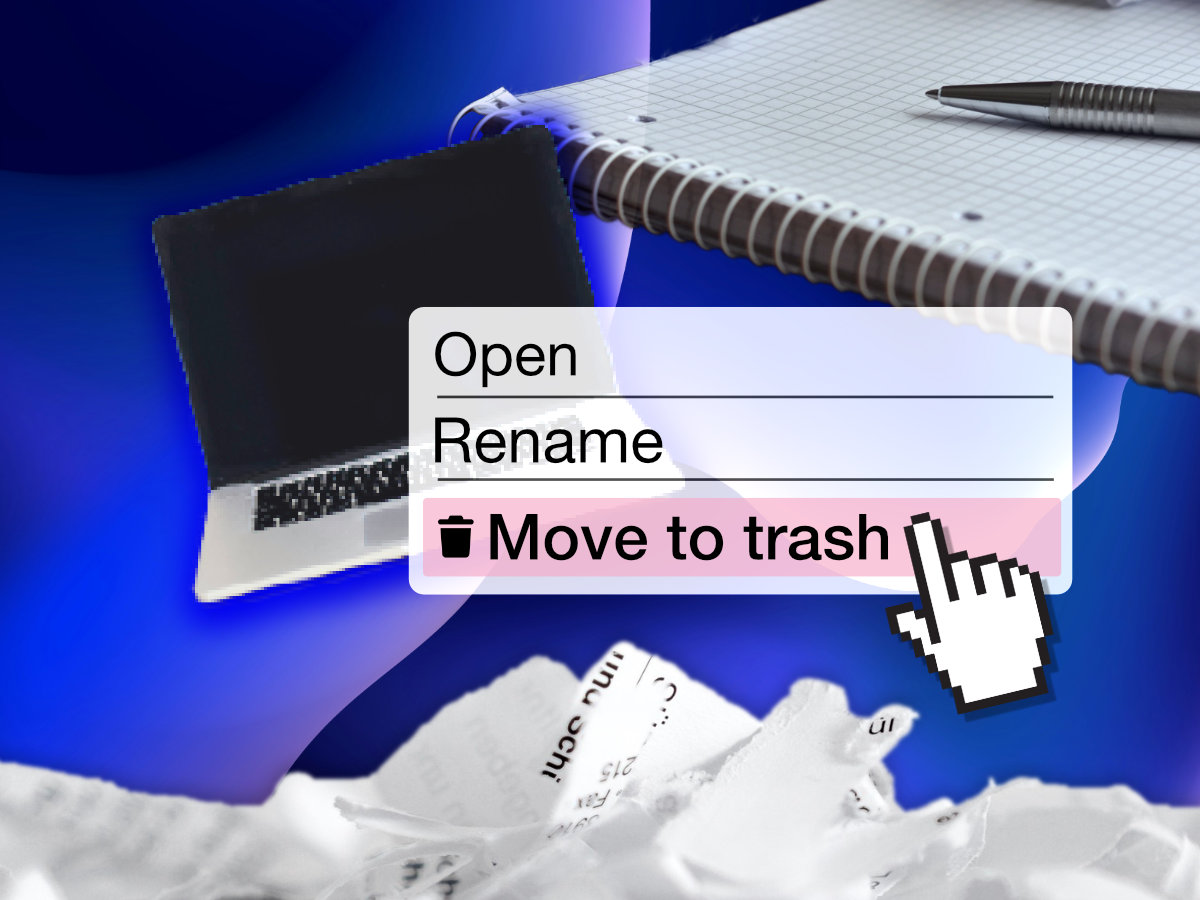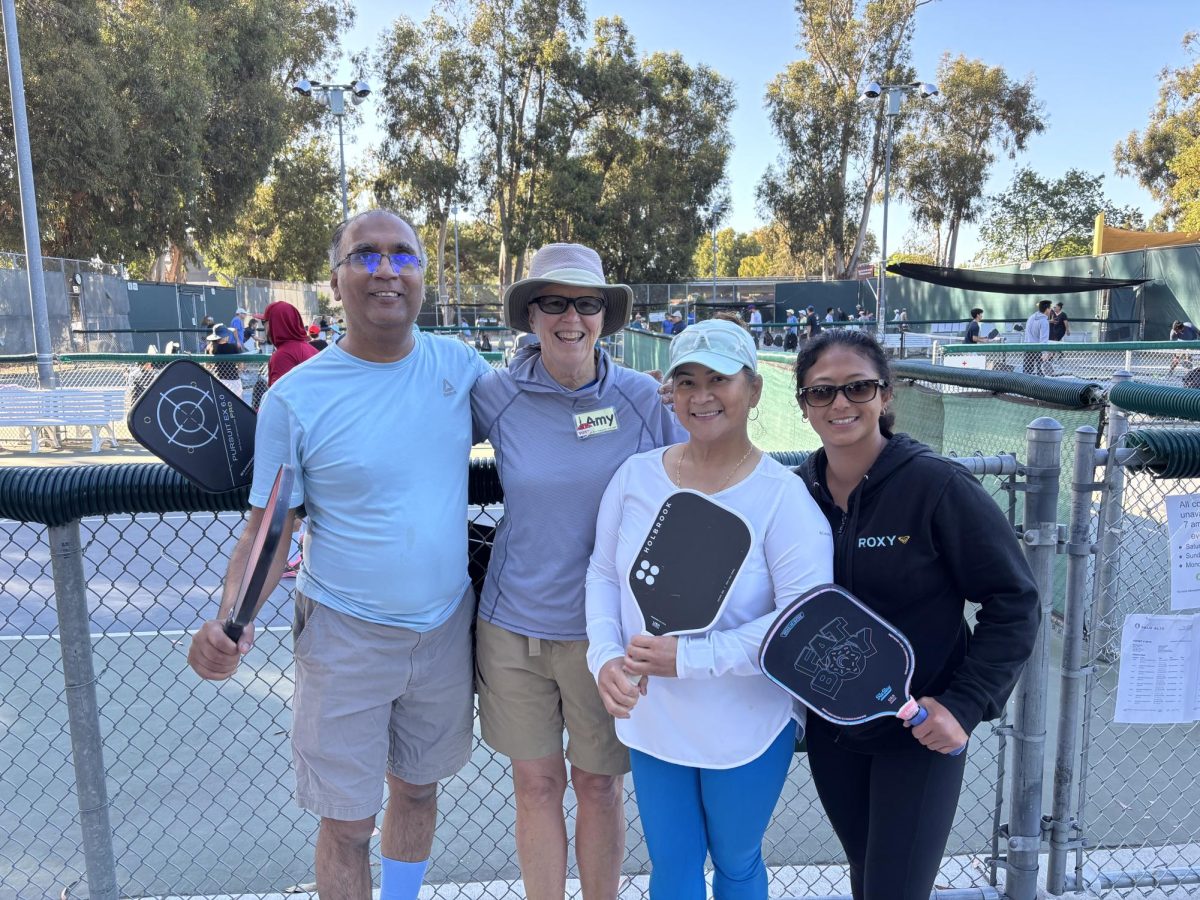Last year, if you stepped into Jonathan Sanchez’s classroom, you would probably see students with their laptops open, filling out notes or completing activities on Google Docs. But this year, if you walk into the same classroom, there isn’t a computer in sight. Rather, students fill out papers by hand and store those papers in three-ring binders.
Sanchez is in his second year of teaching. He teaches world history and U.S. history for Woodside’s Graphics and Technology Academy, as well as Emerging Multilingual Learning (EML) U.S. History classes. This year, he decided to shift his classes from mostly digital assignments to mostly paper ones. According to reporting from Axios, due to the rising use of AI technologies, in-class assignments, such as oral exams or hand-written essays, are becoming more common. But the conversation comparing paper assignments and digital assignments has been around for years.
“I think the biggest thing for me was [that] most of the issues I had in terms of working with students [were] associated with computers,” Sanchez said. “So maybe someone would be on YouTube or someone would be playing a game.”
Darcy Book, a freshman English teacher, said that as soon as computers come out, the games come out too, especially for freshmen.
“I can see a game right now in the middle of tutorial,” Book said.
According to Sanchez, eliminating those types of distractions creates a more engaging environment for all students.
“Instead of dedicating so much energy to fighting those battles, I can dedicate that energy to the students and building relationships with them,” Sanchez said.
Since switching to paper, Sanchez said he has seen more engagement in terms of turning work in. Book said students tend to complete more work when it’s on paper.
“Recently, I assigned two homework assignments digitally and got [around] a 50% return rate,” Book said. “But I assigned a similar task later on paper and got [around] a 90% return rate.”
Book also said that paper assignments allow her to assign higher-energy work, like station or sorting activities. According to her, these methods allow students to be more hands-on and participate more in group work, which is harder when students use computers. However, freshman Froilan Alvarez said his handwriting is not the best, and he feels using a computer for assignments makes him more productive.
“I feel like since now, the world is kind of revolving around being [on] technology [so much more], I [think] that now … you get more used to being on computers and around technology,” Alvarez said.
Another freshman, Alexander Munoz, said that for classes that don’t require special symbols or writing, such as math classes, it’s generally easier to do work digitally.
“I think [you can be] a little more productive online, because it’s easier to get work done and you can be more focused,” Munoz said. “[However], there are also more distractions online. I think it’s easier to [get the work done], but it’s harder to [stay] focused.”
For certain math classes, Munoz and Binh Nguyen, a statistics and pre-calc teacher, agree that paper is the better option.
“[For pre-calc], it’s actually easier to do [the work] on a piece of paper with a pencil because of all the symbols [needed, for example, the] square root and stuff like that,” Nguyen said. “So I think it’s a lot faster for the students to do their homework on paper rather than [on] computers, unless they have [something like] an iPad or a touchscreen [or something like that].”
Book said that when she started as a teacher, she was all digital, and she loved the idea of not wasting resources. Now, Book uses a mix of online and paper assignments in her classroom.
“I think students spend so much time in front of screens as it is, that it’s kind of a breath of fresh air when assignments are on paper,” Book said.
According to Book, grading online assignments is easier because teachers can type comments quickly. Sanchez said grading on paper makes some aspects of grading harder, like reading student handwriting, so he prefers grading online. However, Sanchez said moving to paper was worth it for him, even if grading on paper is less optimal.
“I feel like my job is to teach [students], and not necessarily to make my life the easiest,” Sanchez said. “I want to prioritize my students’ learning over my life being easier.”






